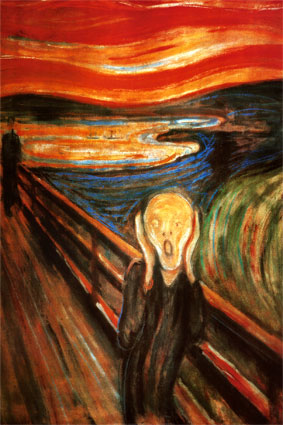Superrealism, also known as Hyper-realism, is an art movement that began in the late 1960s and early 1970s, in which the paintings, or sculptures, resemble a high resolution photograph. The objects and scenes in Superrealism paintings are detailed to create the illusion of a new reality that does not exist in the original photo. Textures, surfaces, lighting effects and shadows are often painted to appear clearer and more distinct than the referrence photo or evenn the actual subject.
Hyper-realist style emphasizes detail rather than the subject. The paintings are not literal illustrations of a particular scene or subject, but rather use subtle pictorial elements to create the illusion of a reality which in fact either does not exist or cannot be seen by the human eye. The paintings may incorporate emotional, social, cultural and political thematic elements as an extension of the painted visual illusion. Hyperreal paintings and sculptures further create a tangible solidity and physical presence through subtle lighting and shading effects. Shapes, forms and areas closest to the forefront of the image visually appear beyond the frontal plane of the canvas; and in the case of sculptures, details have more clarity than in nature. Hyperrealistic images are typically ten to twenty times the size of the original photographic reference source, yet retain an extremely high resolution in color, precision and detail. Many of the paintings are achieved with an airbrsh, using acrylics, oils or a combination of both.
Sculpture of a baby by superrealist artist, Ron Mueck.
Bibliography:
IAN CHILVERS. “Superrealism.” The Concise Oxford Dictionary of Art and Artists. 2003. Encyclopedia.com. 23 Sep. 2009 <http://www.encyclopedia.com>.






